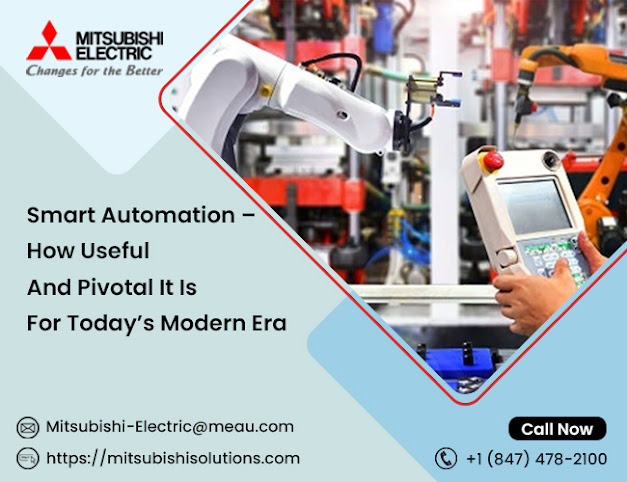Choosing the Right Automated Conveyor System for Your Business: A Comprehensive Guide
In the fast-paced world of modern manufacturing and distribution, businesses are increasingly turning to automated conveyor systems for enhanced efficiency and productivity. However, selecting the right system requires careful consideration of various factors. In this comprehensive guide, we'll delve into the key aspects of choosing the perfect automated conveyor system for your business, with a particular focus on the efficiency brought by automated pallet stackers.
Types of Automated Conveyor Systems
Automated conveyor systems come in various types, each designed for specific applications. From belt conveyors to roller conveyors and chain conveyors, understanding the characteristics and advantages of each type is crucial. Automated pallet stackers, in particular, are gaining popularity for their ability to efficiently handle and organize palletized goods.
Factors to Consider:
1. Space and Layout Constraints
• Evaluate the available space and layout of your facility. Automated conveyor systems, including automated pallet stackers, should seamlessly integrate into the existing infrastructure without causing disruptions to workflow.
2. Throughput Requirements
• Determine the volume of materials or products that need to be moved through the system. Automated pallet stackers excel in high-throughput environments, efficiently handling palletized loads with speed and precision.
3. Customization and Flexibility
• Consider the level of customization and flexibility required for your operations. Some businesses may benefit from modular conveyor systems that can be easily reconfigured, while others may need specialized features such as automated pallet stackers for specific pallet handling needs.
4. Material Handling Characteristics
• Assess the characteristics of the materials or products your business handles. Automated pallet stackers are designed to handle pallets of various sizes and weights, making them ideal for industries dealing with diverse palletized loads.
5. Integration with Existing Systems
• Ensure that the chosen automated conveyor system seamlessly integrates with your existing material handling and production systems. Compatibility is essential for a smooth and efficient workflow.
6. Maintenance Requirements
• Consider the maintenance needs of the automated conveyor system. While automated pallet stackers are known for their efficiency, understanding the maintenance requirements ensures minimal downtime and optimal performance.
7. Scalability for Future Growth
• Plan for future growth by choosing a scalable automated conveyor system. This ensures that your investment remains viable as your business expands, and additional conveyors or automated pallet stackers can be integrated seamlessly.
8. Energy Efficiency
• Prioritize energy-efficient solutions to reduce operational costs and contribute to sustainability efforts. Many modern automated conveyor systems, including automated pallet stackers, come equipped with energy-saving features.
Conclusion
In conclusion, choosing the right automated conveyor system for your business involves a comprehensive evaluation of factors such as space constraints, throughput requirements, customization, material handling characteristics, integration, maintenance, scalability, and energy efficiency. By carefully considering these aspects and recognizing the efficiency brought by automated pallet stackers, businesses can make informed decisions that enhance their material handling processes, streamline operations, and ultimately contribute to overall success.




Comments
Post a Comment